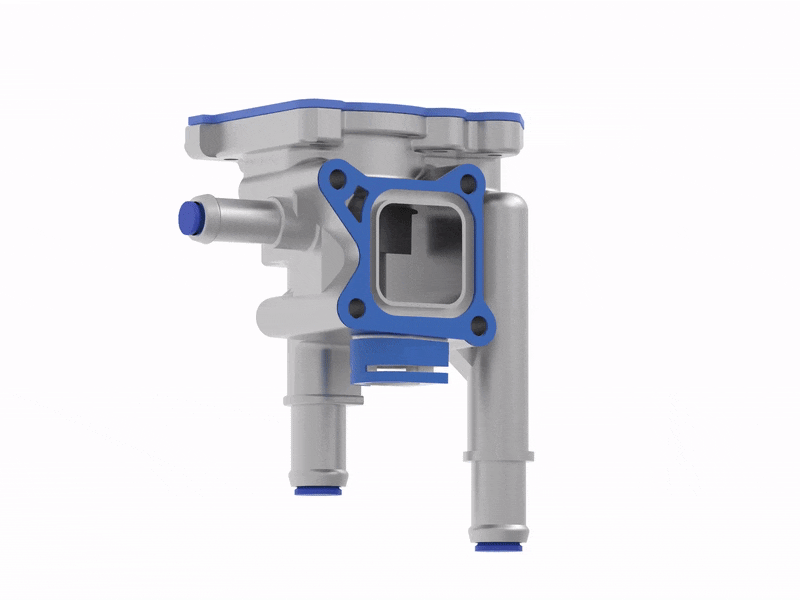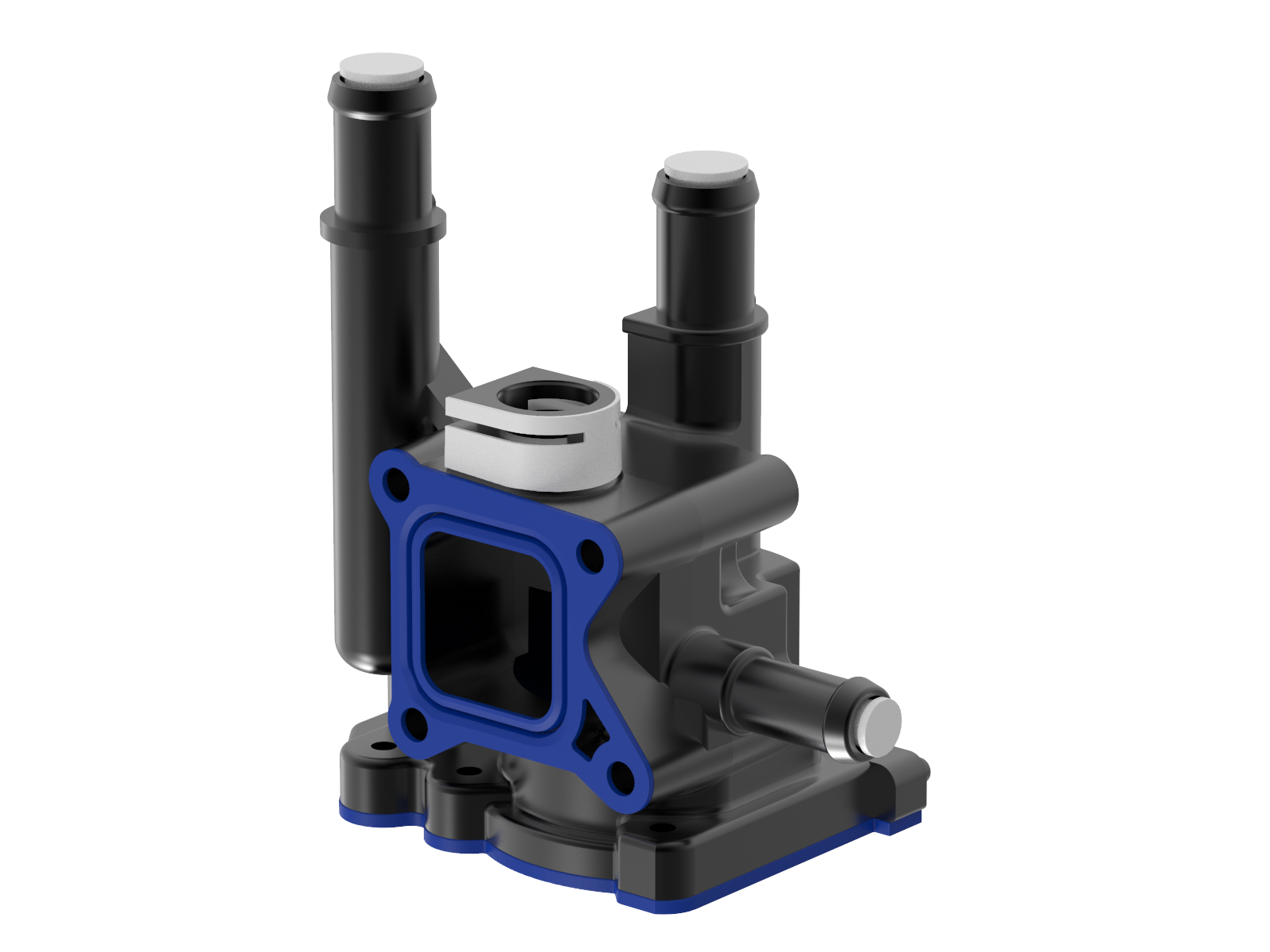3D printer manufacturer Stratasys and engineering software developer nTopology have added a new Masking Fixture Module to their FDM Fixture Generator design automation tool for 3D printed jigs, fixtures and other tooling.
The FDM Fixture Generator was born out of a collaboration between the two companies with the aim of removing design bottlenecks and maximizing manufacturing efficiency through streamlining the Design for Additive Manufacturing (DfAM) process.
The Masking Fixture Module is the second module to be added to the FDM Fixture Generator, focused on automating the design work required for 3D printed fixtures and removing the need for manual masking techniques.

The FDM Fixture Generator
Stratasys and nTopology teamed up last year to enable users of Stratasys’ FDM technology to fast track production in a DfAM-oriented manner and better leverage the technology’s design freedom. The ongoing partnership combines nTopology’s nTop software platform with Stratasys’ FDM technology to provide users with shorter lead times and improved production efficiency.
The partners launched the first in a proposed series of accessible and customizable DfAM programs for their users in November last year, the FDM Assembly Fixture Generator. The DfAM workflow utilizes nTopology’s topology optimization software engine to automate the design of jigs and fixtures for the FDM process, such as kitting trays, storage cases, and other simple fixtures to support manufacturing operations.
Jigs and fixtures reportedly account for 10 percent of all end-use parts 3D printed today, however less than one percent of all fixtures used in factories globally are 3D printed. According to nTopology, automated DfAM tools that simplify the design of fixtures are needed to make these parts more accessible to the factory floor.

The Masking Fixture Module
The FDM Fixture Generator automates 90 percent of the design work required for simple jigs and fixtures, with the new Masking Fixture Module eliminating the need for manual masking techniques, regardless of model complexity.
According to nTopology, the new workflow program is capable of saving users hours of work in CAD design for each job through automating the design of fixtures. The module turns complex part surfaces into customized protective plugs, masks, and enclosures in just “a couple of clicks”.
The program enables engineers to keep parts safe and clean throughout the manufacturing process without needing to design one-off jigs and fixtures. Potential use cases for this functionality include protecting critical faces, gaskets, holes, or mating surfaces of parts during a variety of post-processing operations. Protective fixtures can also be added with a click to safeguard against shipping, logistics, and downstream operations.
The partners have reportedly received “extremely positive” early customer feedback for the Masking Fixture Module, with users in the aerospace and defense sectors seeing potential for the tool to reduce scrap rate and increase throughput. nTopology also revealed that a machine shop creating medical devices and aerospace parts is planning to use the tool to protect component faces during deburring and abrasive processes.

Automating 3D printing design workflows
Automation, software, and data are all key factors in delivering mass customization of 3D printed parts and unlocking large-scale additive manufacturing. Several recent software developments aiming to optimize and automate workflows are making ground in this area and aiding users in implementing their production processes to enable new applications.
In October last year, multinational printing firm HP unveiled its Universal Build Manager, powered by Seattle-based software firm Dyndrite, which seeks to help customers simplify, automate, and speed up build preparation across their 3D printing workflows. The platform is designed to facilitate the mass-customization of parts while automating and streamlining complex workflows.
Meanwhile, post-processing and automation company AM-Flow raised $4 million in Series A funding to build on its suite of artificial intelligence (AI) based robotics solutions to provide full end-to-end automation of the 3D printing process.
This year alone, AI software firm Oqton raised $40 million to further develop its AI-powered automated 3D printing software platform, while additive manufacturing software provider Gravity Pull Systems launched a workflow optimization system for industrial 3D printing.
In February, technology startup SelectAM rolled out its new software for automated part identification, while just this week 3D printer manufacturer Roboze launched what it claims is the “world’s first” industrial automation system to bring superpolymer and composite 3D printing into the production workflow, in order to tackle standardization and process control challenges within additive manufacturing.
Subscribe to the 3D Printing Industry newsletter for the latest news in additive manufacturing. You can also stay connected by following us on Twitter and liking us on Facebook.
Looking for a career in additive manufacturing? Visit 3D Printing Jobs for a selection of roles in the industry.
Featured image shows the Masking Fixture Module automates the design work required for 3D printed fixtures. Image via nTopology.



